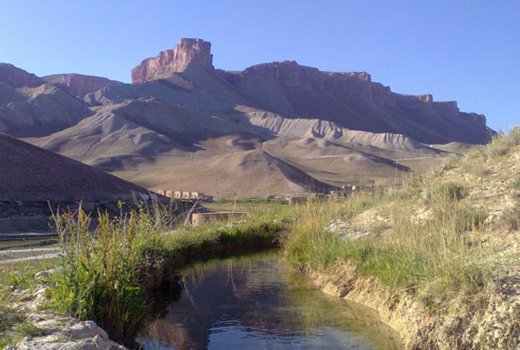The Office of Naval Research’s STEM Imperative
The Office of Naval Research’s STEM Imperative
The loss of science and technology expertise is not just a Navy issue; it’s a national issue. It’s not that the numbers are going down; the United States is still continuing to raise young scientists and engineers. But, in the future, we expect that demand will grow faster than supply. For many years, non-US citizens would come to our great country and take advantage of the education system. That was a good thing because they would stay, typically, and that’s pa...
Engineers and Scientists Evaluate U.S. Education
Engineers and Scientists Evaluate U.S. Education
Livebetter conducted an email survey asking 300 engineers, scientists and educators to grade U.S. primary, secondary and post-secondary schools in science, technology, engineering and math (STEM). A total of 166 completed the survey, which launched August 15, 2010 and closed September 10, 2010. Participants also graded U.S. education in its diverse neighborhoods –inner city/ethnically based/lower income, rural/lower income, suburban/upper in...
Solutions for Water-Use Efficiency
Solutions for Water-Use Efficiency
The notion that mankind lives on the “water planet” is a misnomer. Water covers 71 percent of the Earth’s surface but is only 0.023 percent of the total mass – a 1:4,400 ratio of water to terra firma.1 In 1995, 31 countries and 460 million people lived in water-scarce and water stressed areas. By 2050, this is projected to increase to 54 countries and 4 billion people,2 thus underscoring the importance of improving water-use efficiency. ...









































